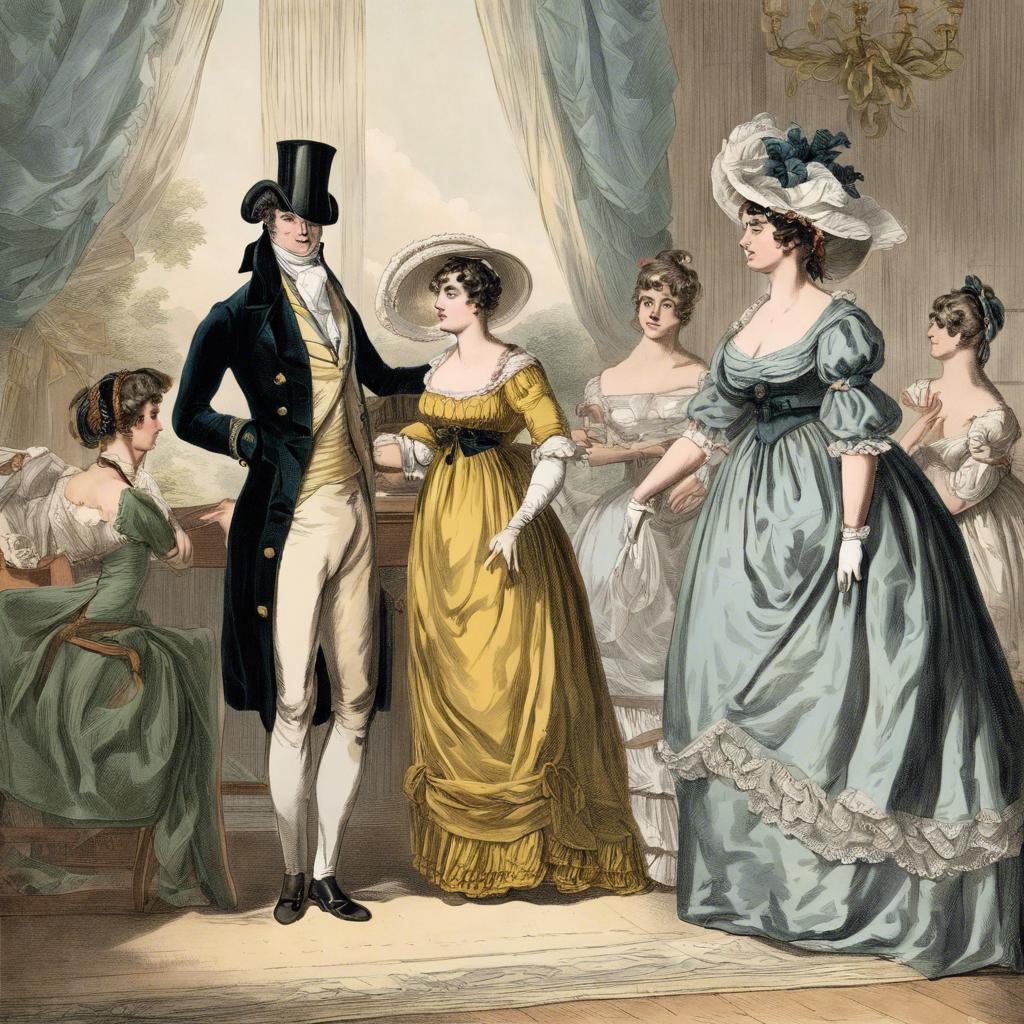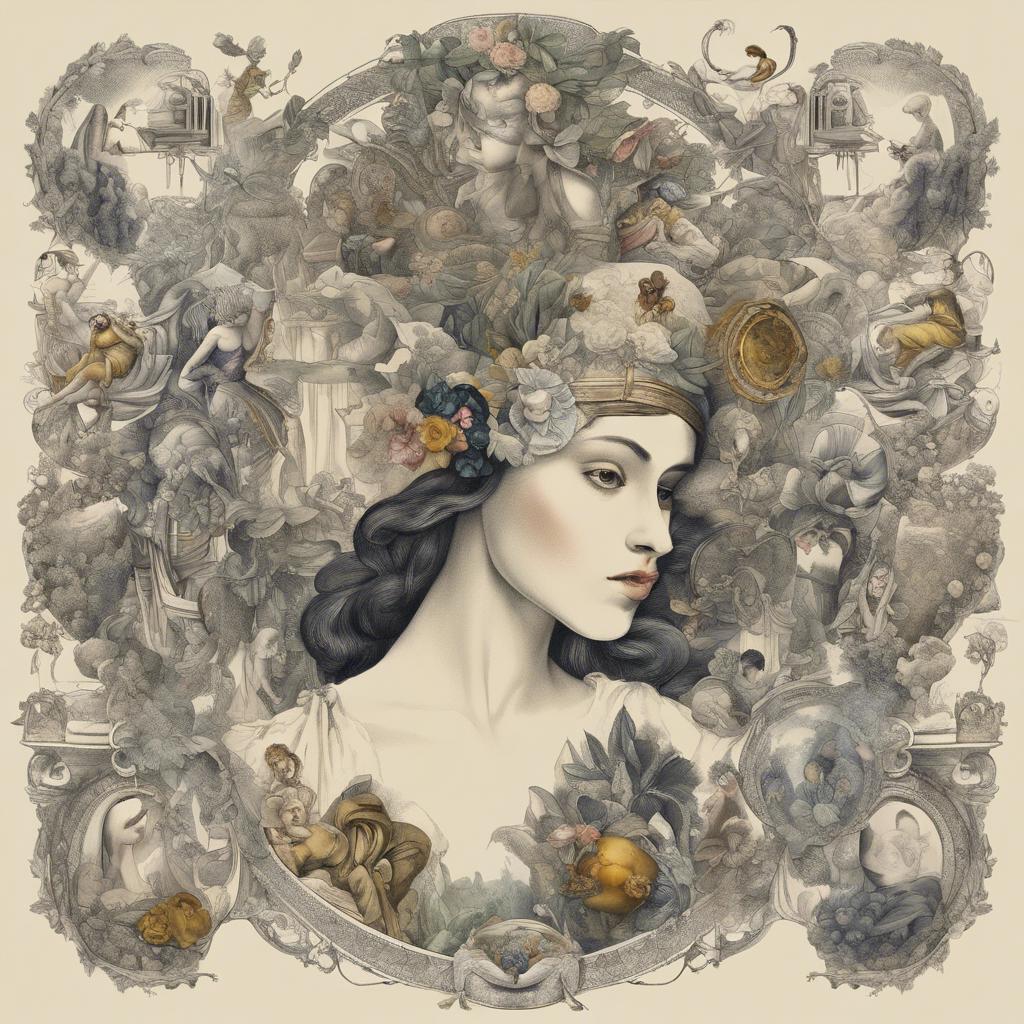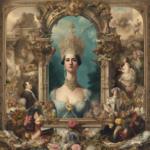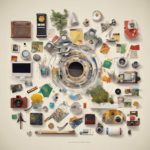During the Regency era, a period marked by elegance and refinement in British history, illustrations played a pivotal role in visual storytelling and artistic expression. From intricate engravings to vibrant watercolors, artists of the time captured the essence of society, fashion, and culture in their works. In this article, we delve into the world of Regency era illustrations, exploring their significance, themes, and techniques that have shaped this captivating period in art history. Join us as we journey back to a time of sophistication and creativity, where artists brought to life the spirit of the era through their extraordinary craftsmanship.
Step Into the World of Cheryl Bolen
Dive into the enchanting stories of love, intrigue, and elegance set in the Regency Era. Cheryl Bolen's novels offer timeless romance and captivating tales that will leave you wanting more.
Explore Cheryl Bolen's Books Now
Illustrating the Regency Era: A Brief Overview
Illustrations during the Regency Era were a significant form of visual expression that captured the essence of the period’s fashion, architecture, and societal norms. Artists of the time used various mediums such as watercolors, engravings, and sketches to depict scenes from daily life, portraits of notable figures, and landscapes.
One prominent theme in Regency Era illustrations is the fashionable attire worn by both men and women. Detailed drawings of elaborate gowns, tailored suits, and accessories like parasols and gloves showcase the elegance and refinement of the fashion of the time. These illustrations provide a glimpse into the elaborate social rituals and customs that dictated dress codes and styles.
Additionally, Regency Era illustrations often depicted the opulent architecture of grand estates, ballrooms, and public buildings. Intricate detailing of columns, arches, and ornate furnishings highlighted the luxurious lifestyles of the upper class. Through these visual representations, viewers can immerse themselves in the grandeur and sophistication of the Regency Era.
The Evolution of Regency Era Illustrations
During the Regency Era, illustrations played a crucial role in visually documenting the fashion, architecture, and social customs of the time. One of the key features of Regency Era illustrations was their delicacy and attention to detail, often depicting intricate patterns and elaborate design elements. Artists such as Thomas Rowlandson and George Cruikshank were renowned for their satirical and humorous illustrations, which provided a unique insight into the society of the time.
Characteristics of Regency Era Illustrations:
- Intricate details and delicate lines
- Emphasis on fashion and social customs
- Satirical and humorous themes
- Influence of neoclassical and romantic styles
can be attributed to advancements in printing technology, which allowed for more intricate and detailed illustrations to be reproduced on a larger scale. The introduction of lithography in the early 19th century revolutionized the way illustrations were created, making it easier for artists to mass-produce their work. This technological innovation paved the way for the widespread dissemination of illustrations in newspapers, magazines, and books, further popularizing the art form.
Key Characteristics of Regency Era Illustrations
The illustrations of the Regency Era are defined by their elegant and refined style, capturing the essence of the period with intricate details and romantic themes. Artists during this time focused on depicting the fashionable trends of the era, including clothing, hairstyles, and societal norms.
One of the is the use of soft pastel colors, such as pale pinks, blues, and greens, to create a delicate and ethereal atmosphere. These colors were often complemented by intricate line work and delicate shading techniques, adding depth and dimension to the artworks.
Additionally, Regency Era illustrations often featured graceful and elongated figures, reflecting the idealized beauty standards of the time. Women were depicted with slender waists, flowing dresses, and intricate hairstyles, while men were portrayed with tailored suits and refined posture. These illustrations were not only a reflection of the fashion trends but also a portrayal of the societal values and ideals of the Regency Era.
Recommendations for Exploring Regency Era Illustrations
If you are looking to delve into the enchanting world of Regency era illustrations, there are a few recommendations to keep in mind. These beautiful artworks capture the elegance and sophistication of the early 19th century, making them a delightful subject of exploration for art enthusiasts and history buffs alike. Here are some tips to help you make the most of your journey into the world of Regency era illustrations:
Study the works of prominent artists: Begin by familiarizing yourself with the works of renowned artists from the Regency era, such as George Cruikshank and Thomas Rowlandson. These talented individuals created a wealth of illustrations that offer a captivating glimpse into the daily life and customs of the time.
Visit online collections and archives: Many museums and cultural institutions have digitized their collections, making it easier than ever to access a wide range of Regency era illustrations online. Take advantage of these resources to explore a diverse array of artworks and gain a deeper understanding of the artistic styles and themes of the period.
Final Thoughts
the regency era illustrations serve as a vivid depiction of the cultural, social, and political landscape of the early 19th century. These intricate artworks not only showcase the talent and creativity of the artists of that time, but also provide us with valuable insights into the fashion, literature, and societal norms of the period. As we continue to study and appreciate these illustrations, let us not forget the importance of preserving and celebrating these exquisite pieces of history for future generations to admire and learn from.


